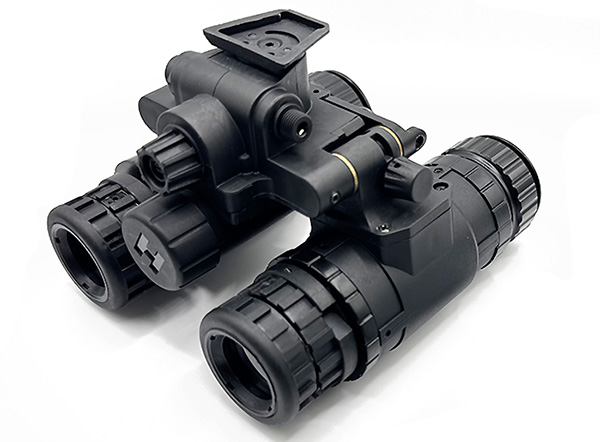CALL US :416-298-3303
Currency: USD 

Contrary to popular belief, more pixels is not better.
This device is impressive for what's advertised - 70% of Gen 2 performance compared to 1600-1800 FOM devices (1120 FOM at a minimum). In mixed light environments, it certainly helps with picking out details against the backdrop where the eyes will struggle when they're poorly adjusted. Something that this device severely suffers from is its own overengineering.
Part of how the human eye performs so well is in reducing your visual acuity (sacrificing quality) for increased light intake and sensitivity (photon quantity). Similarly, and almost contradicting the statement, a 1080p OLED display does not immediately imply you are getting more information- just that when your sensor is struggling to pick up light, you will see more poor details in full quality. This means that if you are interested in performance that feeds more digestible information to your eye, you are actually BETTER OFF getting the base model.
That being said, the delay is minimal, the 60fps offers a smooth ride and its reception to supplemental illumination is excellent and that's really where this unit shines. However, if I could do anything differently, I would just get the base model with the hybrid thermal for the bigger pixels (providing digestible information to the eye) and the tactical advantage of thermal paired with night sight.
A good example of a digital night vision system that outperforms this in all regards is the ADNV G14P2, and while it is arguable that the device has a significantly more advanced night camera - it leans back on the principle that less pixels allows only the information necessary for the eye to discern what is being looked at to be displayed and pairs it with an insanely capable digital sensor.
Hope this helps someone make a decision.
This device is impressive for what's advertised - 70% of Gen 2 performance compared to 1600-1800 FOM devices (1120 FOM at a minimum). In mixed light environments, it certainly helps with picking out details against the backdrop where the eyes will struggle when they're poorly adjusted. Something that this device severely suffers from is its own overengineering.
Part of how the human eye performs so well is in reducing your visual acuity (sacrificing quality) for increased light intake and sensitivity (photon quantity). Similarly, and almost contradicting the statement, a 1080p OLED display does not immediately imply you are getting more information- just that when your sensor is struggling to pick up light, you will see more poor details in full quality. This means that if you are interested in performance that feeds more digestible information to your eye, you are actually BETTER OFF getting the base model.
That being said, the delay is minimal, the 60fps offers a smooth ride and its reception to supplemental illumination is excellent and that's really where this unit shines. However, if I could do anything differently, I would just get the base model with the hybrid thermal for the bigger pixels (providing digestible information to the eye) and the tactical advantage of thermal paired with night sight.
A good example of a digital night vision system that outperforms this in all regards is the ADNV G14P2, and while it is arguable that the device has a significantly more advanced night camera - it leans back on the principle that less pixels allows only the information necessary for the eye to discern what is being looked at to be displayed and pairs it with an insanely capable digital sensor.
Hope this helps someone make a decision.
Nick J.
Date Added: Monday 22 September, 2025


